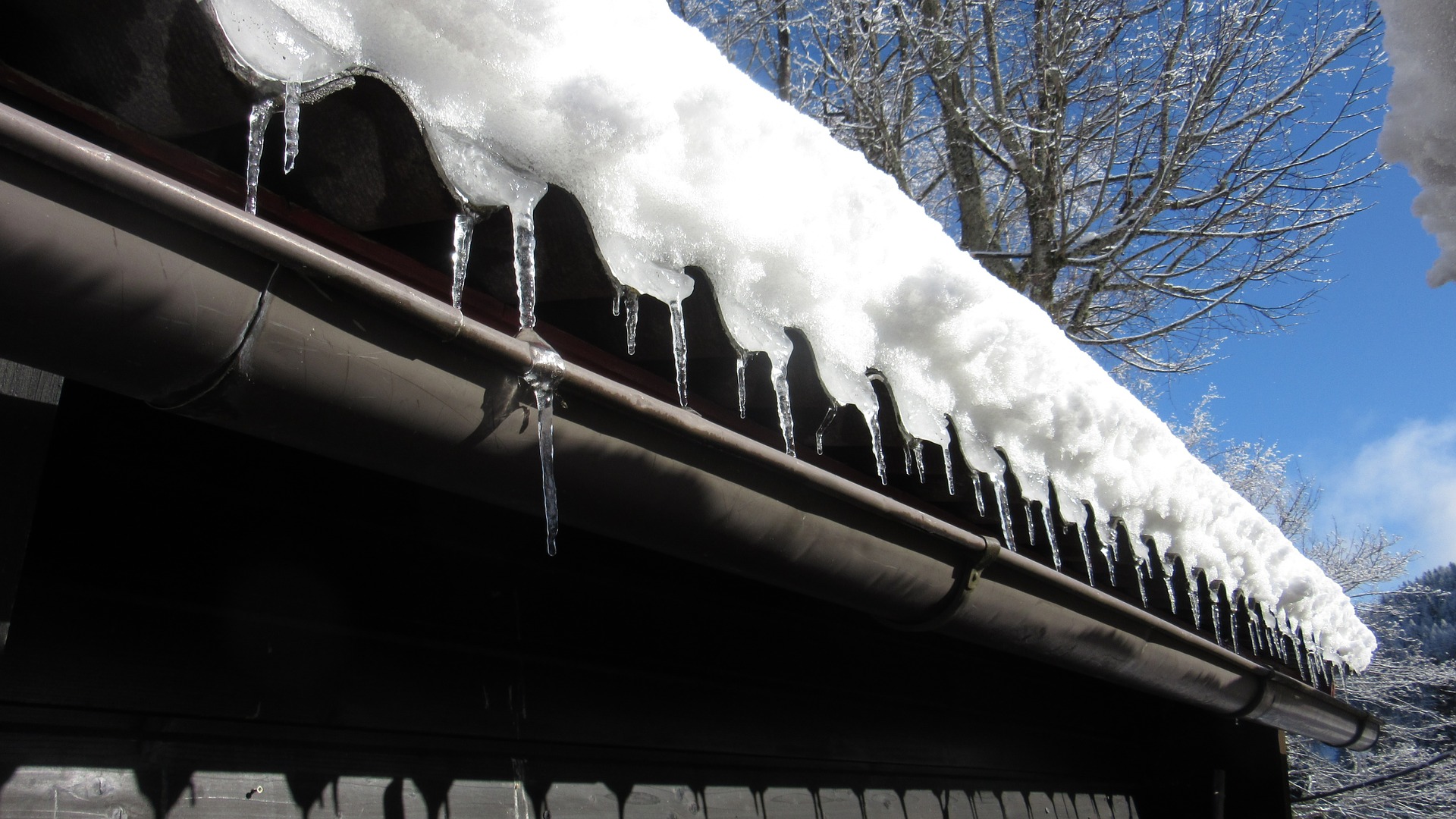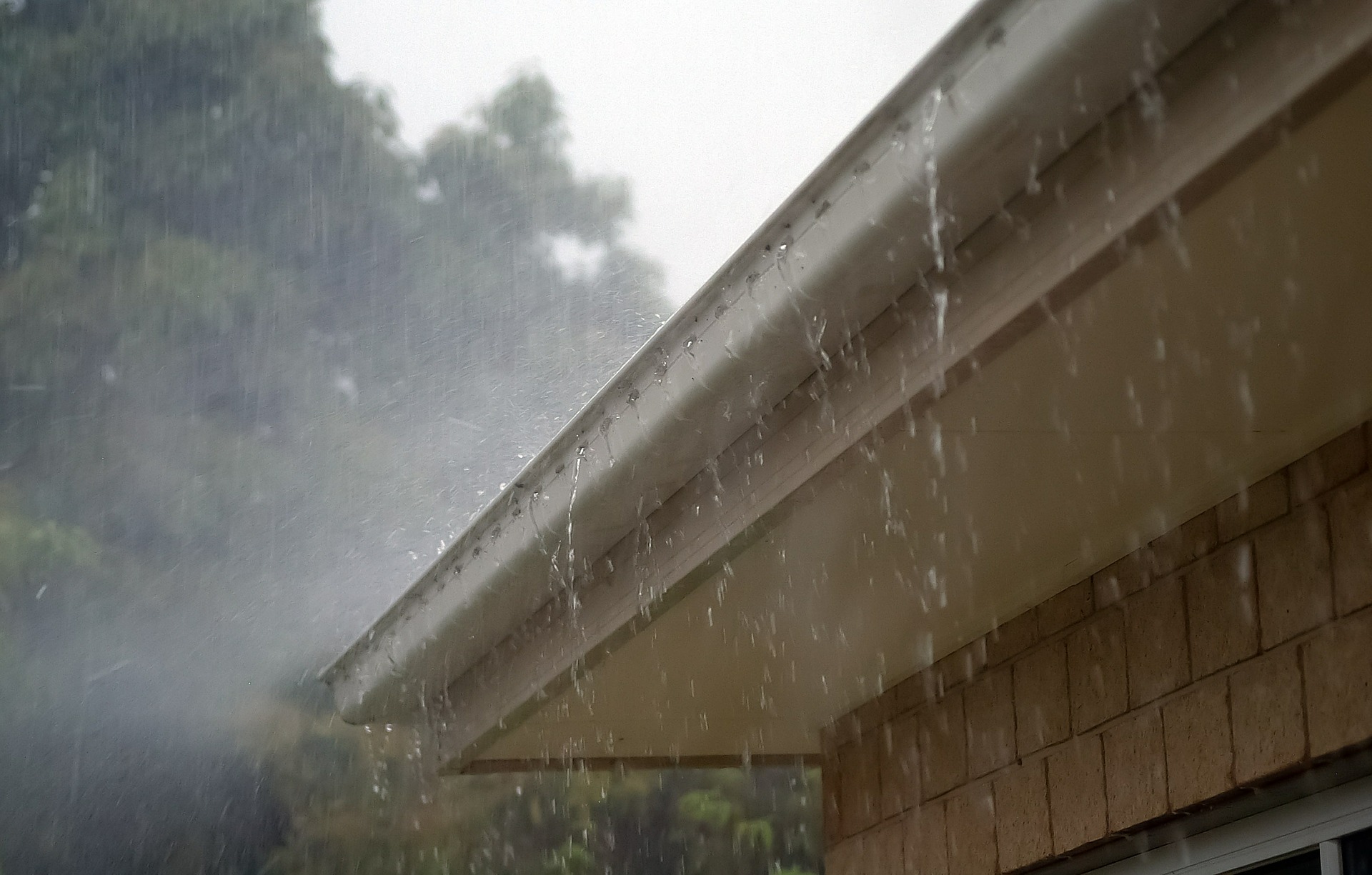Community Association Boards
Did you know?
52,000 Minnesotans are elected to their community association boards each year. These board members provide an estimated $1.8 million in service to their communities. Thank a board member today!
#gaughangab
Winter Water Leaks
Do you have a water leak in your home? Is water dripping from your light fixtures or smoke detectors? If it is, one reason for this can be condensation.
As warm, moist air from inside the home rises up and comes in contact with a cold surface (like the underside of the roof deck), the air cools and moisture condenses out because cold air can’t hold as much moisture as warm air. That condensation forms a layer of frost on the cold surface.
When this frost builds up for weeks at a time and is followed by a warm day or two, it can melt all at once. Then, water will start running down the walls, out the bathroom and kitchen fans, through recessed light, out of door frames, etc.
People often jump to the conclusion that it’s a leak, even though it’s not raining and there isn’t too much snow to melt. But, what they are seeing is water that was already inside their home in the form of water vapor.
The best thing one can do to help this issue is control indoor winter humidity levels. If it’s 0°F outside, it’s best to maintain a humidity level of 20-25%.
WCCO recently released a story on this topic, too. Read more: http://cbsloc.al/2D6KxKi
Homeowner Hints: Humidity at Home in Subzero Temps
When the temperature outside is less then 10 degrees, run the bathroom vents during a shower or bath, and leave it run for 10 minutes afterwards. This will keep the warm, moist air from freezing onto the inside of the vent. Also, recommended humidity levels in a home during the winter should be 35 to 40%.
MN Snow and Ice is Hard to Avoid!
Even with contracted snow removal service, we still experience freeze/thaw cycles that can wreak havoc on our sidewalks and driveways. But there are steps you can take to avoid a fall.
1) Walk slowly and carefully.
2) Ever heard of the Minnesota shuffle? Take small steps.
3) Keep both hands free to allow for better balance or use of handrails.
4) Step out of vehicles, don’t jump.
5) Walk as flat-footed as possible.
6) Wear appropriate footwear for conditions.
If you do fall, you may be able to reduce any injury by;
1) Rolling with the fall. Relax as much as possible.
2) Don’t protect what you’re carrying! Protect yourself and toss anything if you need to break your fall.
Association Team Joins in for Toys for Tots
The Gaughan Association Management team attended the recent Community Associations Institute – MN Chapter holiday party. It was a great event to network with vendors, and we got to support a good cause by supplying donations for Toys for Tots. Happy Holidays!
Gaughan Associate Elected to Chamber Board
Dave Galleberg, Commercial Brokerage Associate at Gaughan Companies, was elected as a board member of the MetroNorth Chamber of Commerce on December 7, 2017 at the Merry & Bright Winter Gala. Dave and the Gaughan Companies are grateful to serve on the board and help the local business community on the north side of the Twin Cities metro area.
Governing Documents: Who Leads?
Each Association has Governing Documents, which layout the operations for the community and any restrictions. But did you know there are different levels of hierarchy?
– Federal, State, and local ordinances always lead.
– Recorded plat, map, or plan.
– Declaration of Covenants or CC&R’s and any supplements to this document
– Articles of Incorporation
– Bylaws
– Rules and regulations
– General Resolutions
When creating rules and regulations or general resolutions, keep in mind they cannot conflict with any document that is higher on the pyramid!
Gaughan Tech Talk: Air Conditioner Care
Now that warm weather is approaching, it’ll soon be time to turn on the air conditioner. Here are a few tips on air conditioner care so you can keep your A/C in top working condition.
- Replace the pleated air filter every 3 months.
- Remove any sticks, leaves, grass, etc. from the condenser unit located outside. Debris on the outside of the unit will drastically affect performance. (I recommend an annual cleaning by an HVAC technician.)
- To clean the outside of the unit, use a little car polish on the box; that will shine it up. On the inside of the unit, a water hose and coil cleaner are used to clean the condenser coil.
- Do not cover the condenser with a cover or tarp in the off season. This will hold in moisture.
- Indoors, check the evaporator drain line to make sure it isn’t plugged. This removes condensation from the air handler, and it must be kept clear.
- It is a good idea to change the thermostat batteries at the start of every cooling season.
These are just a few things you can do to help your air conditioner run efficiently this season.
Prepare for Summer with these Spring Cleaning Tips
It’s that special time of year in Minnesota when the sun starts to shine a little brighter, a little longer and a little warmer. Spring is here! While everyone is enjoying the weather, many are also anxious to get their home ready for summer. While spring cleaning the inside of your house is good, spring cleaning the outside is equally as important.
On the outside of your house, remove all of your holiday decorations and lights as the weather permits. One of the best components of an association is the feel of a close and well-kept community. If it applies, a good outdoor spring cleaning might include washing all exterior windows to get rid of any dirt on the outside and cleaning cobwebs off of light fixtures. Lastly, to prepare for the coming summer weather and activities, clean up the grill, wipe off all outdoor furniture, and prep the garden by tilling.
With summer around the corner, people are more likely to entertain inside, too. Now is a great time to scrub all walls and baseboards to give each room a fresh feel. Replace water and air vent filters in order to get rid of what has built up over the last year. In the same way, it’s important to clean out all faucets and showerheads of rust and calcium deposits with a water and vinegar solution. Also, remove lint from the dryer vent inside and outside. This is one good prevention against residential fires. Most importantly, test all of your smoke alarms.
For more tips on what to clean, how to clean, and what products to use, check out this article from the Today show and this article from the DIY Network.
-Sarah Crawford
Gaughan Roofing Tech Talk: Downspout Problems
Although the snow can be beautiful, Minnesota winters can cause a lot of damage to a property. Avoid downspout problems through upkeep of all gutters and downspouts. It will minimize the negative effects of winter on a property’s outside drainage system.
Here are a few upkeep tips:
- Twice a year do routine inspections of roof-to-ground downspouts.
- Inspect general operation; clean out sticks and debris stuck in downspouts.
- Check straps. Are they still secured to the wall? Are screws missing?
- Are they damaged to a point that a new full or partial downspout is required?
- Get these repaired or replaced as soon as possible to avoid other associated problems.




